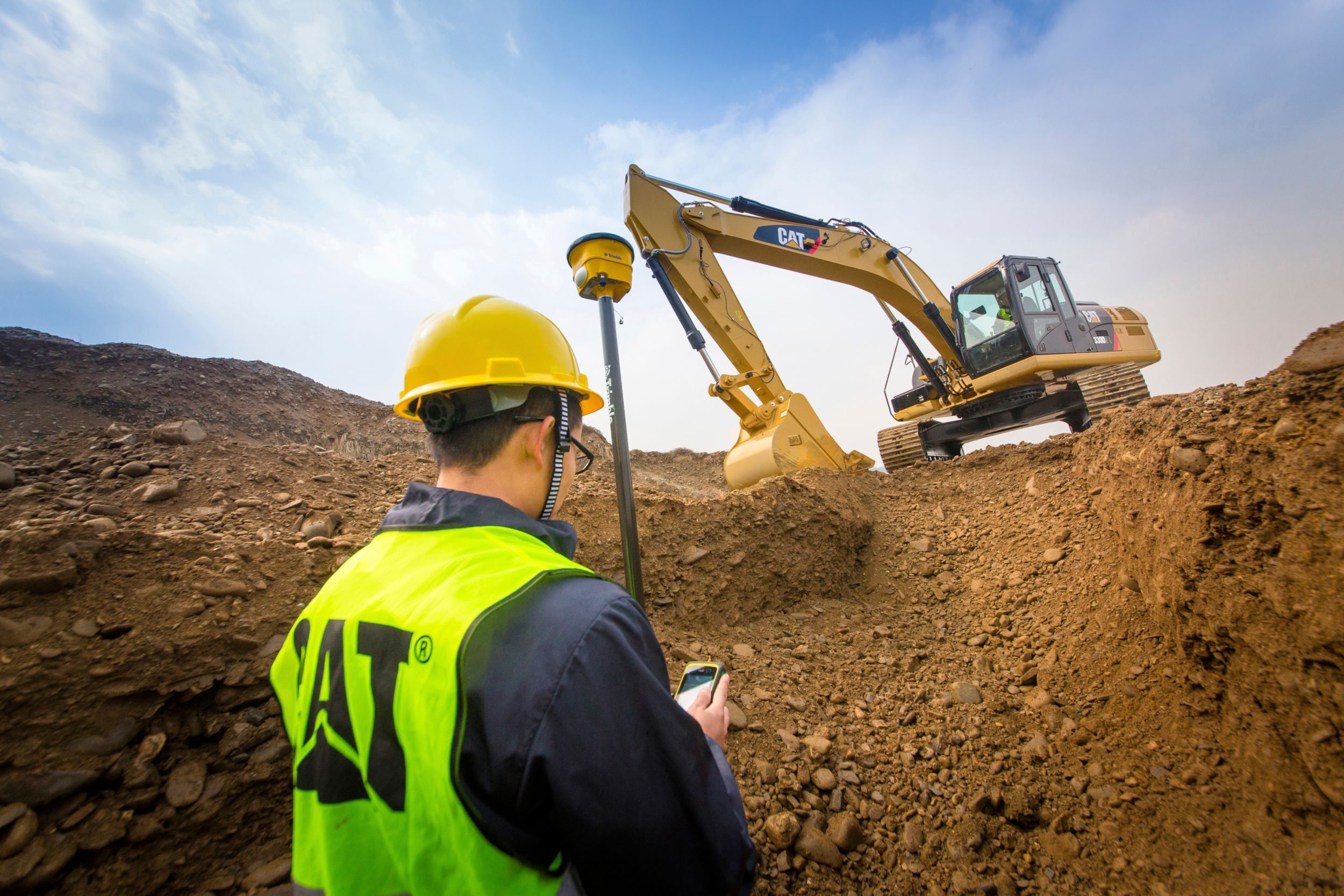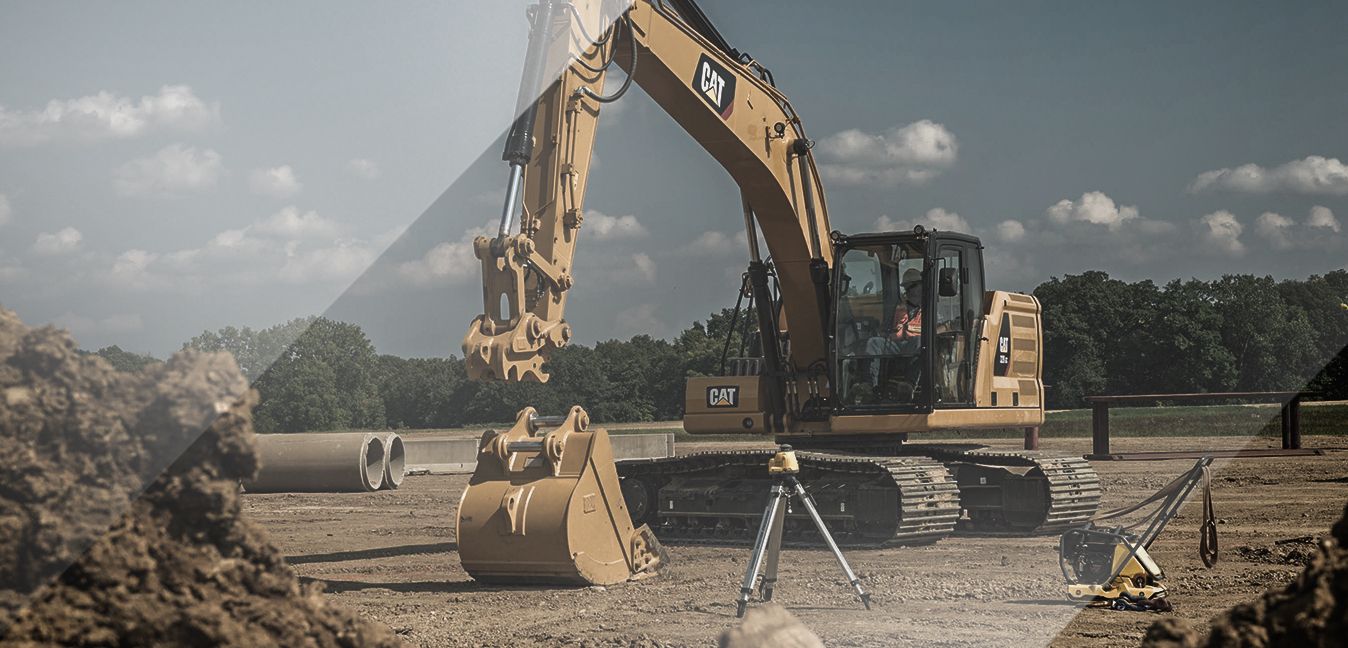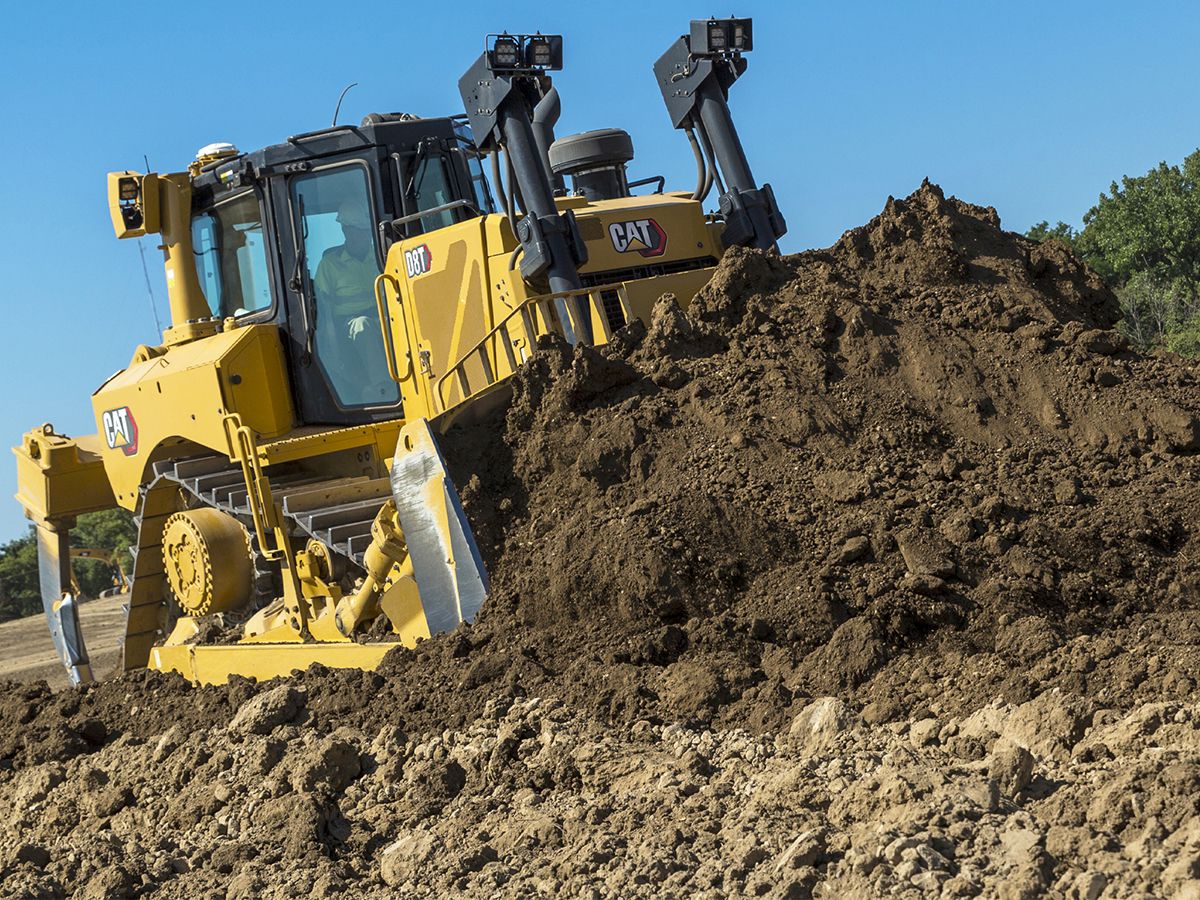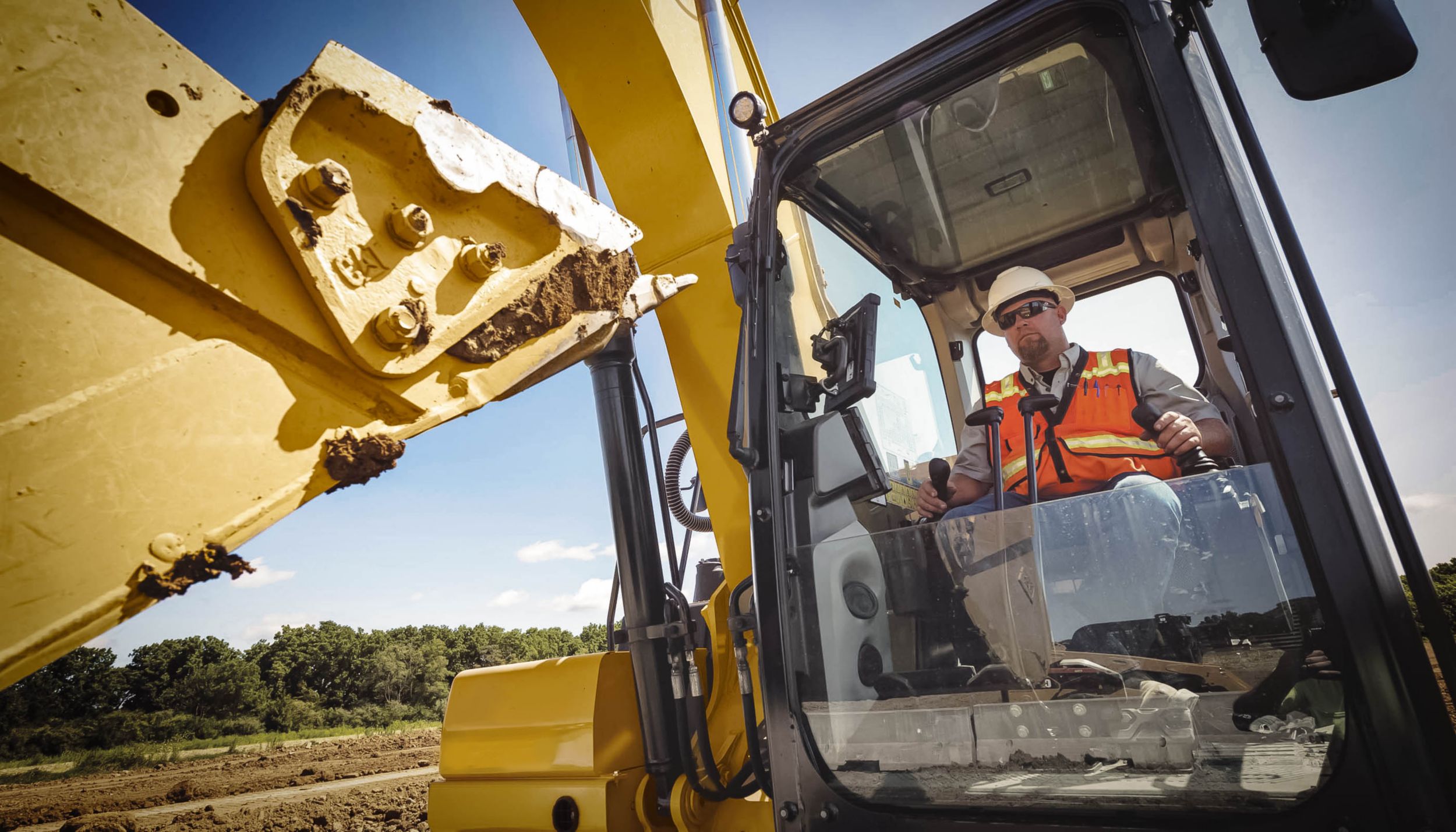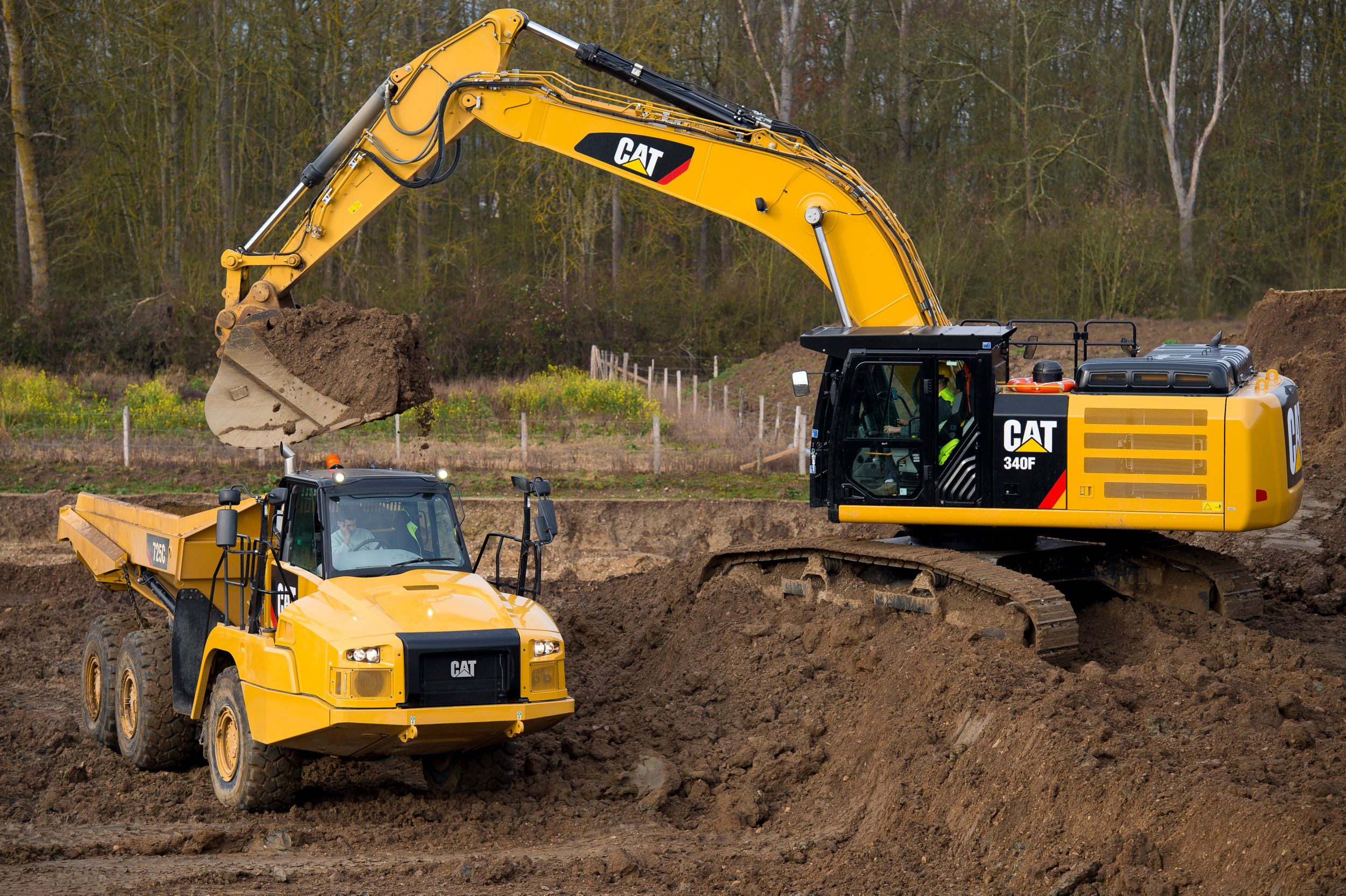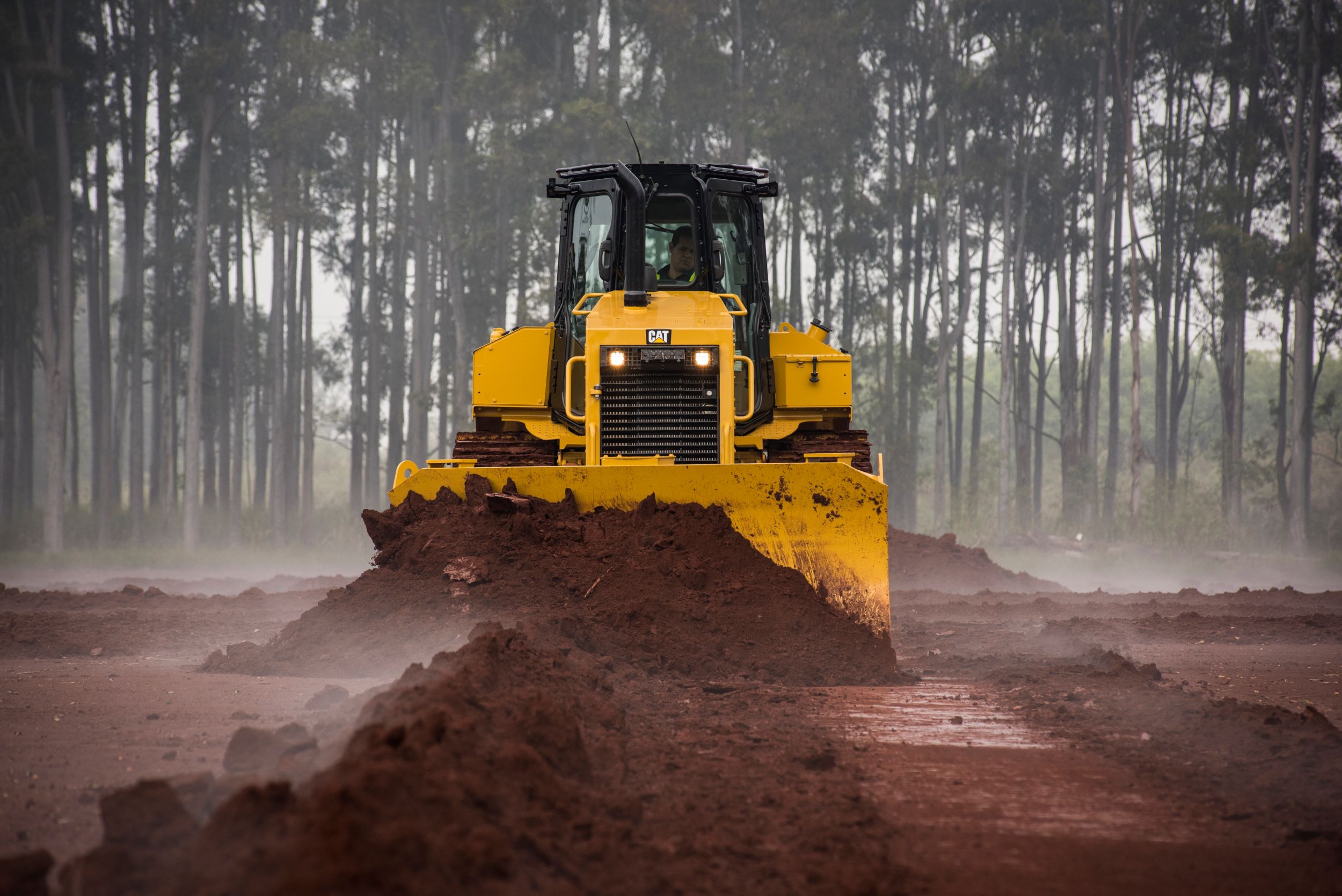

Sign In
Welcome! Sign In to personalize your Cat.com experience
If you already have an existing account with another Cat App, you can use the same account to sign in here
Register Now
One Account. All of Cat.
Your Caterpillar account is the single account you use to log in to select services and applications we offer. Shop for parts and machines online, manage your fleet, go mobile, and more.
Account Information
Site Settings
Security
ONE SIZE DOESN’T FIT ALL:
TIPS FOR RIGHT SIZING
YOUR EXCAVATOR
Excavators offer your worksites a tremendous range of power and versatility. Because there are so many machines and options to choose from, it can be a complex process to determine what model will deliver the most productivity at the lowest operating cost. With today’s tight bidding climate, it only makes sense to “dig in” to your decision-making process and do everything you can to increase your profitability. Use these tips as a solid starting point:
TIP #1. UNDERSTAND THE SIZE CLASSES AVAILABLE
Mini or compact excavators:
(Approximate weight: up to 13,000 lbs./6 metric tons)
- Ideal for working in tight spaces around or in existing structures, landscaping and sidewalks
- In many states, can be transported by Class 1 or 2 size trucks which require no Commercial Drivers License (CDL).
- Versatile and fuel-efficient, but lack the reach, dig depth and lift capacity of standard-sized models
Midi excavators:
(Approximate weight: 15,400 lbs./7 metric tons – 22,000 lbs./10 metric tons)
- Designed to deliver more dig depth, reach and power to tight work areas
- Some models are available with zero or near-zero tail swing
Standard excavators:
(Approximate weight: approximately 22,000 lbs./10 metric tons – 99,200 lbs./45 metric tons)
- Most common excavators in commercial construction
- A sizable step up in power and capacity, while remaining maneuverable and versatile.
- Hydraulics available to handle multiple tools
- Heavier working weight increases psi and requires larger trailers for transport
Large excavators:
(Weight: more than 99,200 lbs./45 metric tons)
- Most powerful choice for heavy construction, demolition and truck loading
- Oversized trucks and trailers are required for transport
- Occupy significant floor space when not in use
- Require high utilization to get steady return on machine investment
TIP #2. KNOW WHAT YOUR JOB REQUIRES.
Every time you estimate a job, you use the volumes of dirt you need to move, grade, slope or compact as a basis for costs. But it’s not often that you compare multiple jobs based on the digging depth, reach, breakout force, bucket capacity and lift capacities. So before you shop excavators, consider these questions:
BUDGET
- Will your business benefit more from rental or purchase?
- What is the maximum amount you can afford to finance?
- At that amount, what percentage of utilization will you need from the excavator to get the desired return?
- What is your target operating cost per hour for the excavator across applications?
WORKSITE CONDITIONS
- Are you often working in areas where a wheeled excavator would be more effective than undercarriage? (Urban roads or streets, for example.)
- Are you often working in tight quarters that require compact-radius or reduced-tail-swing equipment?
- Can you meet power and lift requirements with a compact-radius model?
DIGGING DEPTH & REACH
- What is the maximum digging depth and reach typically required?
- If your business grows, how much more digging depth and reach will you need?
- Could you get the digging depth you need now and in the future with a single machine and longer boom and stick options?
LIFTING CAPACITY
- How often do you use your excavator for material handling?
- What is the highest-density material that you typically move?
- What lift capacity is required for earthmoving? Material lifting?
- If your business grows, how much more lift capacity will you need?
BUCKET CAPACITY
- What are the maximum material types/volumes/densities you move?
- What bucket capacity will consistently achieve those volumes?
- What size excavator best matches that bucket capacity?
- Could you use a quick coupler and use multiple buckets/tools?
COUNTERWEIGHT
- Does the machine come with a standard counterweight?
- If not, what counterweight options are available?
- Are your lifting requirements in a range that makes a counterweight a good option for stability?
HYDRAULIC ATTACHMENTS
- What kind of hydraulic flow is required for your work tools?
- What kind of power is required to optimize tool performance?
- How quickly can tool changes be accomplished with this excavator?
TRANSPORTATION
- Do you have a trailer suitable to haul the excavator you want?
- If it’s a larger machine, do you have drivers with appropriate licenses to transport?
- Are your worksites often on weight-restricted/limited roadways, tunnels or bridges where you would pay for additional permits or fines?
TECHNOLOGY
- If you frequently use your excavators for grading or sloping, can you select a model with integrated technology to increase efficiency?
- Can you use grading, sloping or truck loading technologies to increase productivity rather than upsizing your machine choice?
TIP #3. GET SOME SEAT TIME.
Finding the right excavator requires research and running the numbers. Once you know what targets you want the excavator to hit, then it’s time to talk experts you trust and to demo some machines. You may be able to rent the models you’re interested in and try them on several jobs, or you can talk to your local dealers. The most important thing is to measure all the options against what will add the most to your business.
Your Cat® dealer can help you figure out what excavator works best for you, talk to them today.
RELATED ARTICLES
You’re here to get ideas to grow your business. Read on for machine insights and expert tips and tricks to get more out of every job.
-
Material Density Tables to Help Estimate Earthwork Volumes
Calculating appropriate volume is critical to accuracy. In-bank soil, loose soil that has been excavated and fill soil that has been compacted, have different material densities and resulting load factors.
Learn More -
Bucket Fill Factors
Fill Factor is the percentage of an available volume in a hauler body, bucket or bowl that is actually used.
Learn More -
Swell & Void Percentage, Load Factors
Learn about Swell and Void Percentages, load factors and how they can affect your fuel efficiency.
Learn More -
How to Measure Loose Density in the Field
Material Density determines bucket and machine choices. Construction companies often select the size of machine they believe is required and equip it with a standard bucket, but this approach might short change productivity.
Learn More
